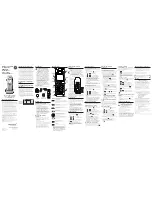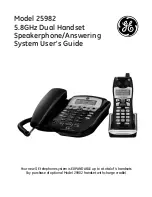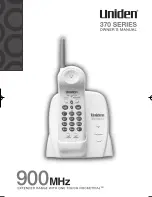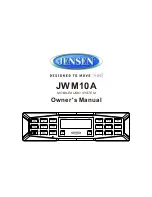
Site Surveys - Page 9
DECT - Installation Manual
Page 9
38HBKD0001SAH – Issue 14 (27th October 2003)
Base Station Coverage: In Theory
Base Station Coverage: In Theory
Given ideal open field conditions, the range between a handset and base
station can be up to 600 metres. Within a building, with signal strength
being absorbed and reflected signals giving increased error rates, the
effective range is more realistically between 50 metres and 150 metres.
A single base stations area of coverage is
Π
xR
2
.
R
With multiple base stations working together, areas of coverage intersect.
Each base station provides main coverage for an area 2xR
2
(the
square
areas below). Naturally the base station signal still goes outside that area
but normally calls are handed over to the next base station at that stage.
R
R
R
In the worst case, call handover from one base station to another can take
up to 10 seconds to complete. Thus for handset users moving at normal
walking pace, base station coverage areas need to overlap by at least 10
metres to ensure successful call hand-over.
All the above assumes a lot of things:
– That each base station has sufficient free channels. If there is no free
channel for a call handover, the handset will remain with its current
base station until out of range and the call is lost.
– That the building structure is even such that the base station has the
same range in all directions.
– That base stations only operate in 2-dimensions. In reality the signal
forms a sphere rather than a circle.










































